UPMin's SkAI–ALaM and ASIMOV-HAWKS, together with DOST-PCIEERD, will conduct the 1st Artificial Intelligence Research and Development Conference and Workshop on 14-15 March 2023 at Acacia Hotel, Davao City. The Department of Science and Technology through its Innovation Council, and the Philippine Council on Industry, Energy and Emerging Technology (DOST-PCIEERD) organized the event, which is on its inaugural run. Headed by Executive Director Dr. Enrico “Eric” C. Paringit, the conference seeks “to raise public awareness of the benefits and potential uses of artificial intelligence and robotics in addressing urgent national issues.”
Images from the Conference: Chancellor Lyre Anni Murao gives Welcome Remarks; Chancellor Murao and Prof. Jose Ildefonso Rubrico joins plenary speakers; Proif. Rubrico speaks at press conference; Prof. Rubrico presents SkAI-ALAM; Porf. Rubrico presents ASIMOV-HAWKS; Asst. Prof. Vladimer Kobayashi presents his Marine Litter research.
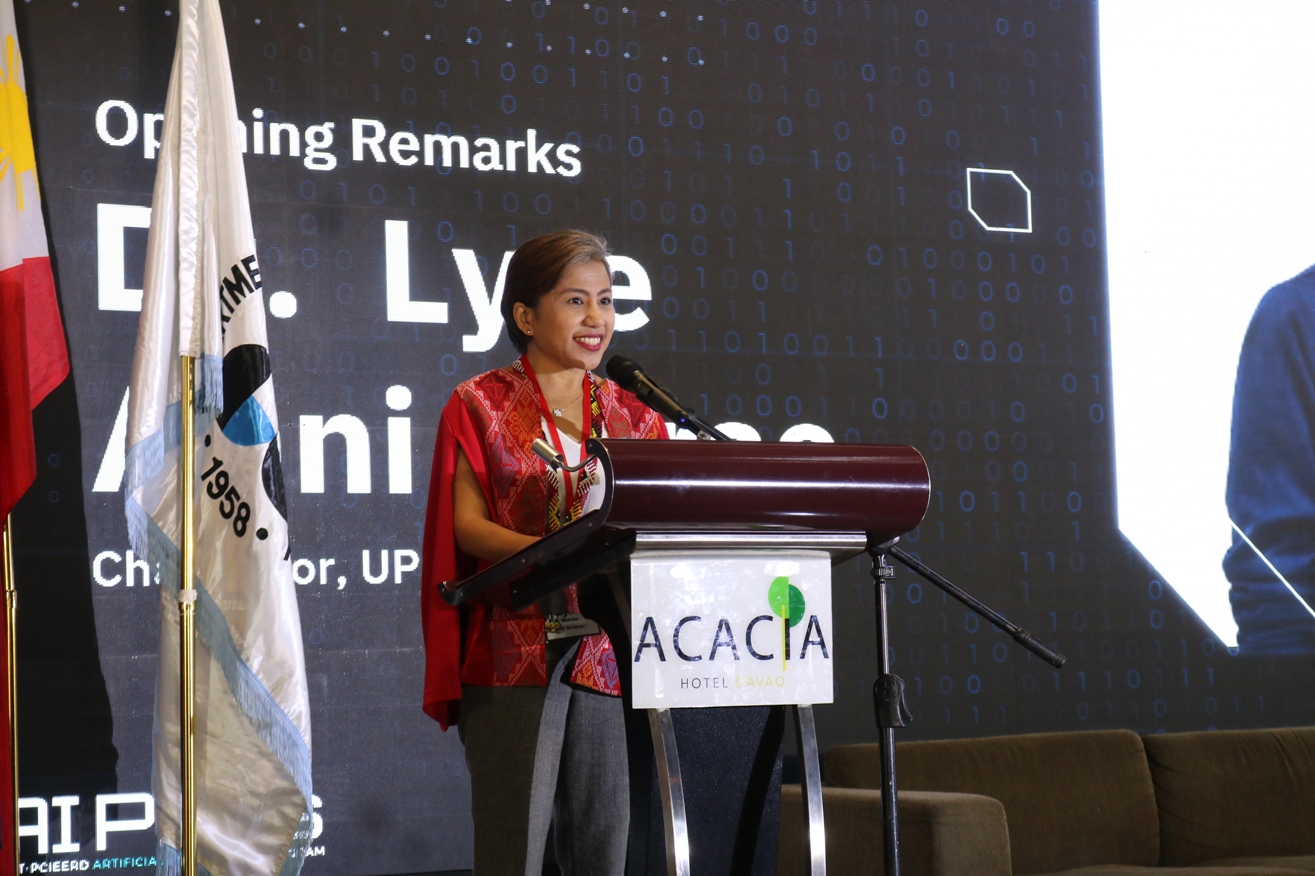
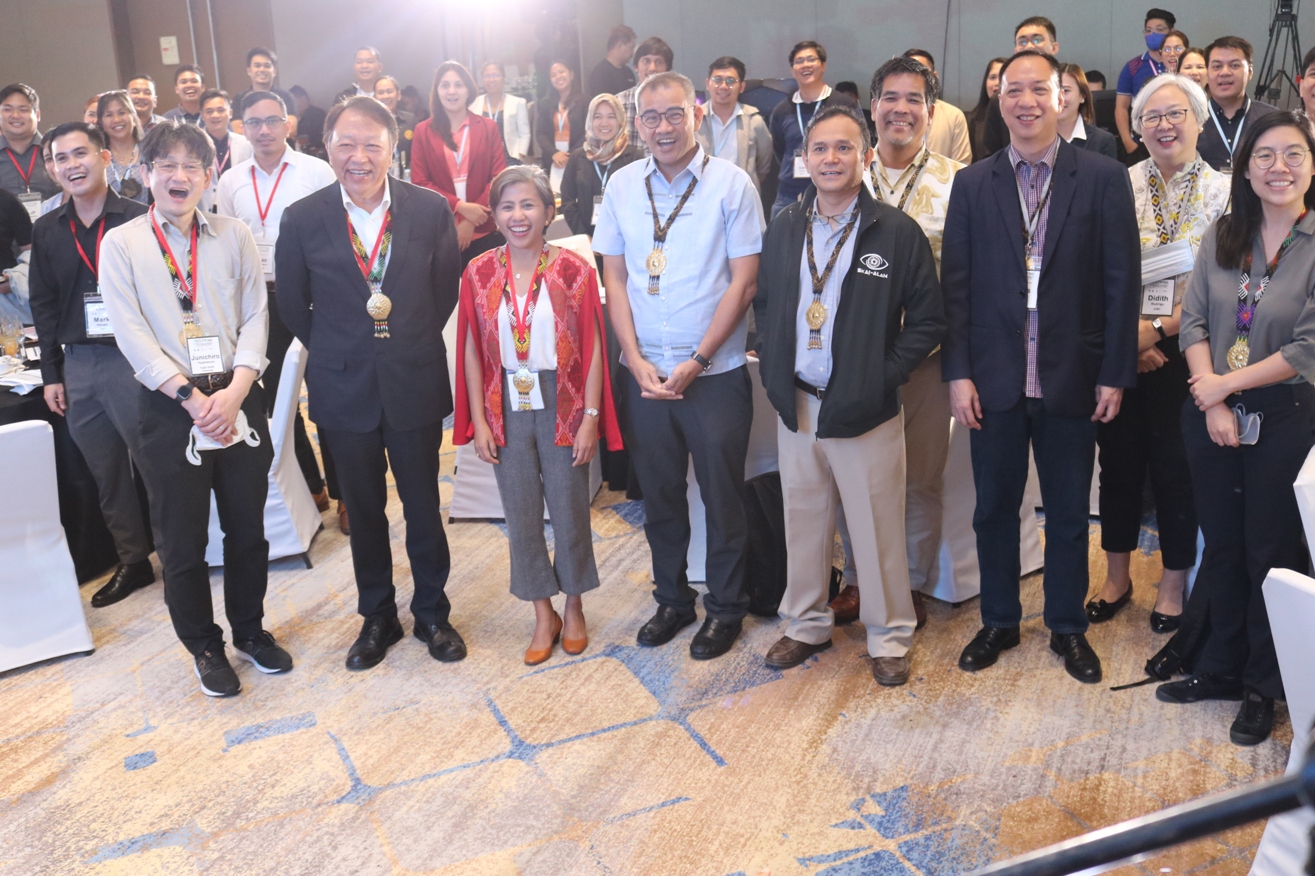
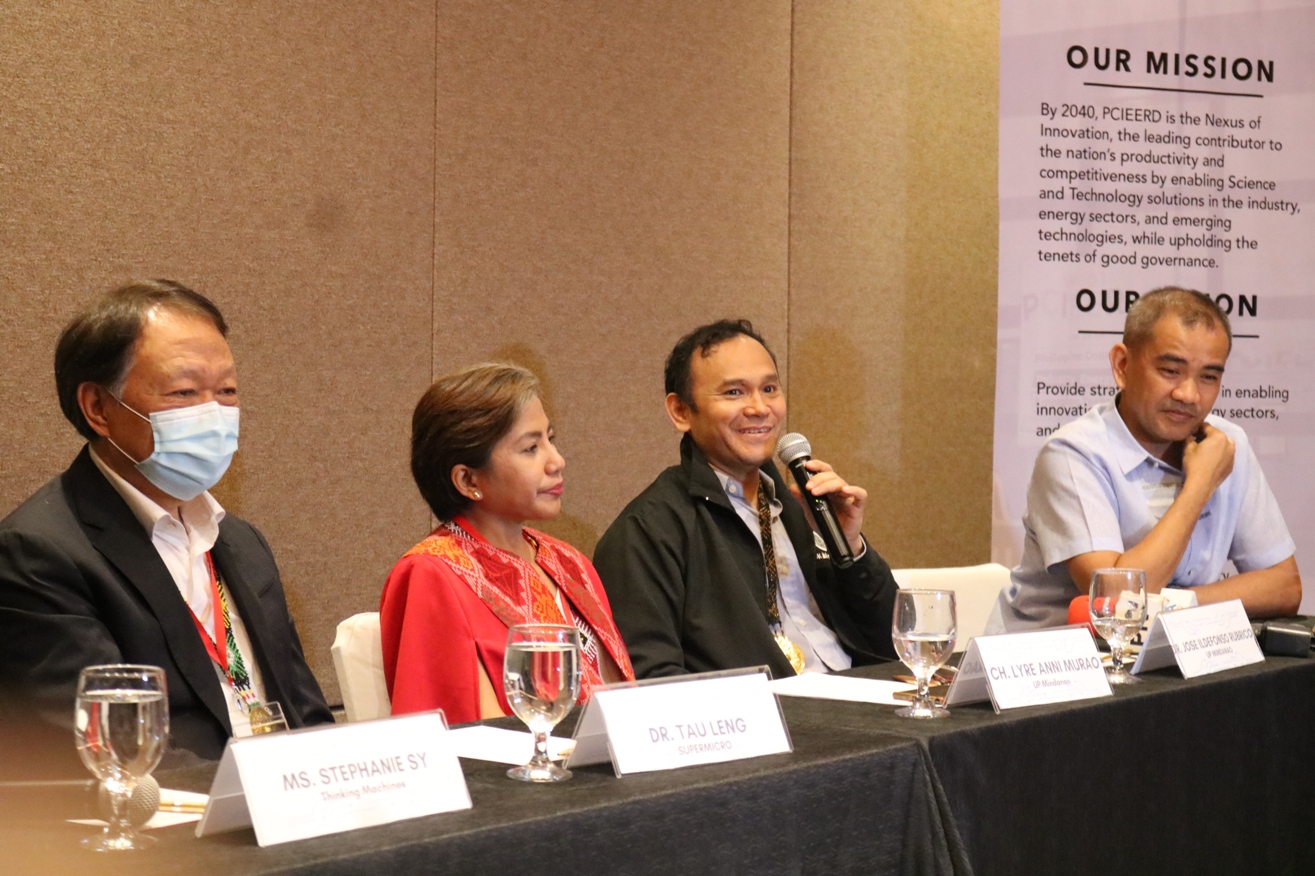
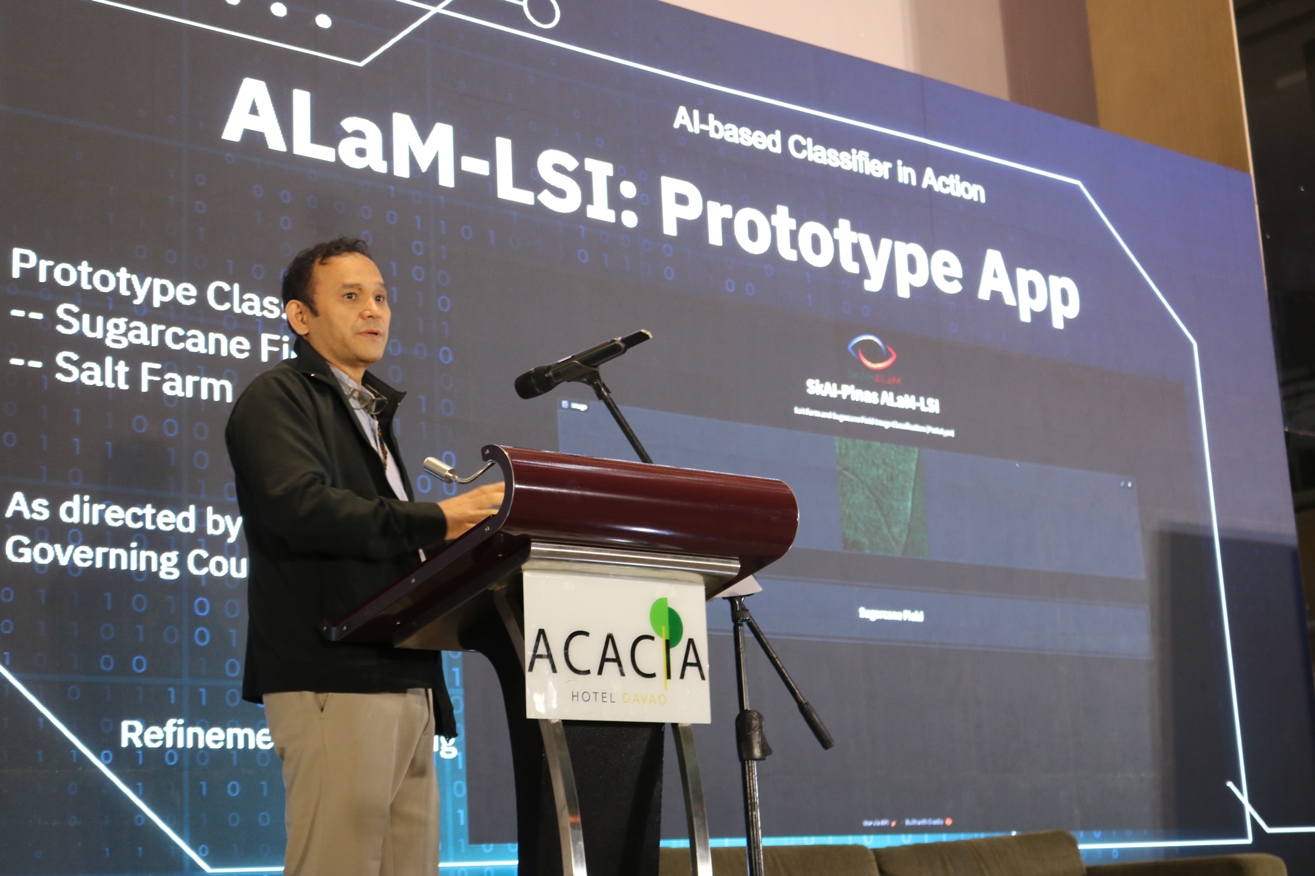
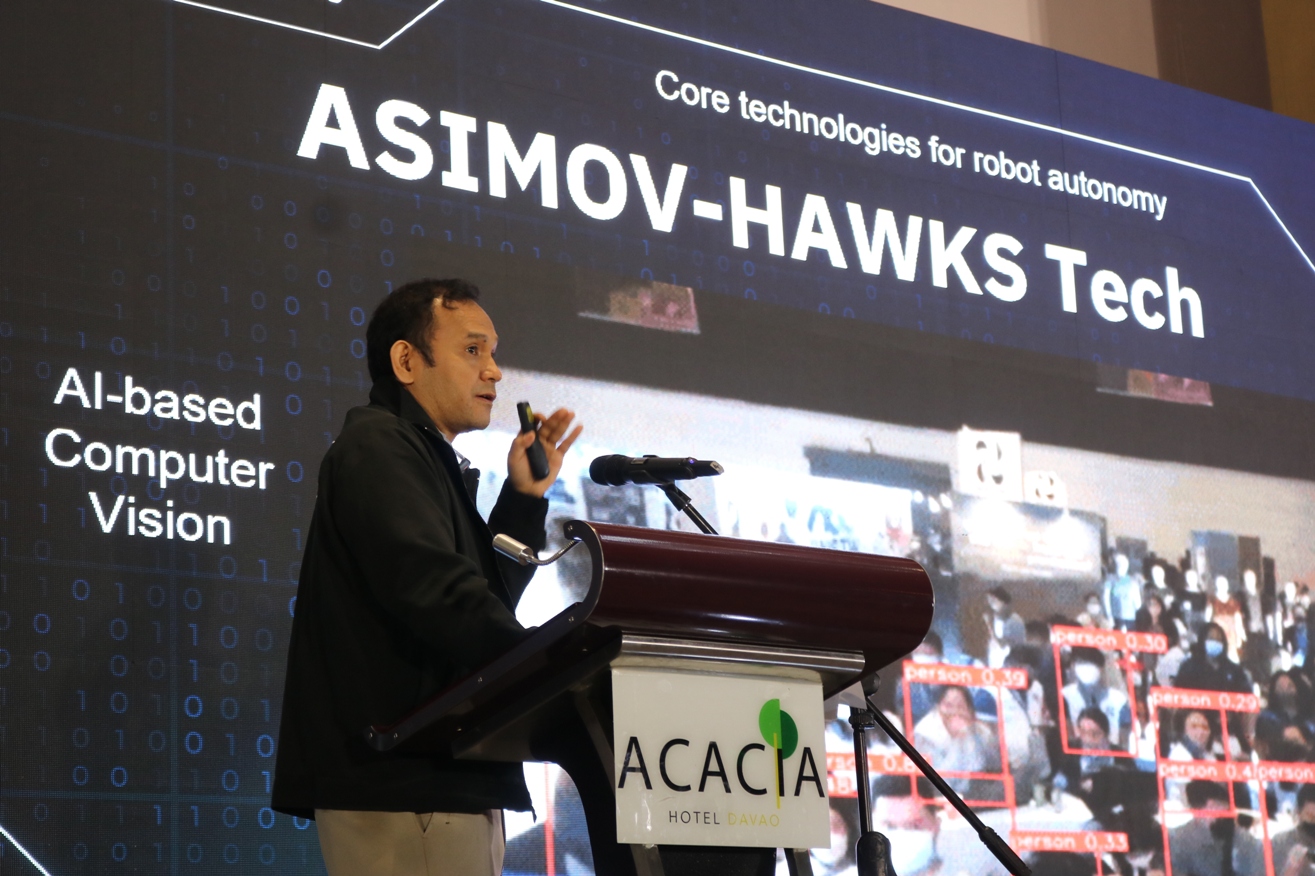

Read articles on the conference here:
DOST-PCIEERD
https://pcieerd.dost.gov.ph/news/latest-news/514-dost-up-mindanao-hosts-ph-s-1st-ai-r-d-conference
https://www.sunstar.com.ph/article/1956080/davao/local-news/up-min-prof-develops-ai-tech-to-help-farmers
https://www.sunstar.com.ph/article/1956297/davao/business/experts-ph-has-potential-to-be-ai-data-center
https://edgedavao.net/latest-news/2023/03/17/upmin-positioning-as-ai-hub-in-the-region/
https://www.sunstar.com.ph/article/1956297/davao/business/experts-ph-has-potential-to-be-ai-data-center
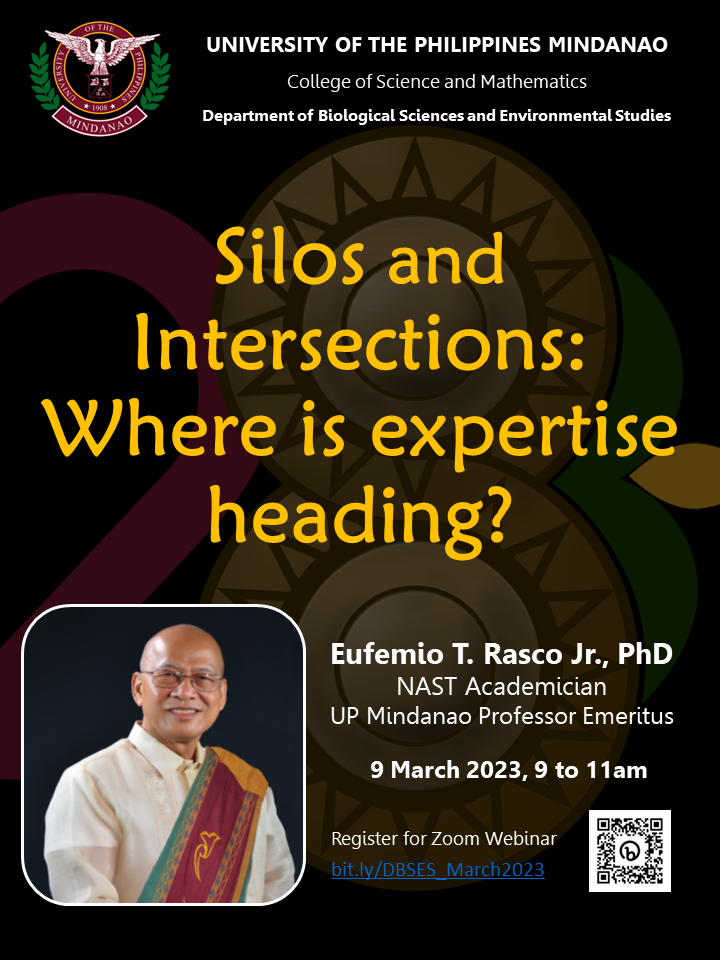 The Department of Biological Sciences and Environmental Studies (DBSES) presented the webinar lecture of Professor Emeritus and National Academy of Science and Technology (NAST) Academician Eufemio T. Rasco Jr., titled "Silos and Intersections: Where is expertise heading?"
The Department of Biological Sciences and Environmental Studies (DBSES) presented the webinar lecture of Professor Emeritus and National Academy of Science and Technology (NAST) Academician Eufemio T. Rasco Jr., titled "Silos and Intersections: Where is expertise heading?"





